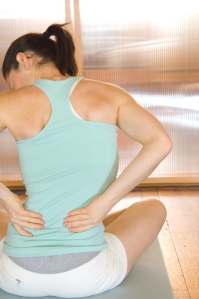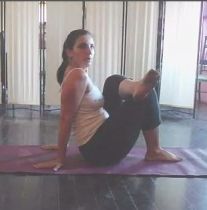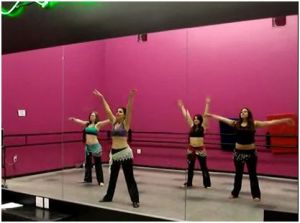 When was the last time you failed at one of your belly dance pursuits? You haven’t lately? That’s too bad. If you have, good for you. Last week I was listening to an episode of The Accidental Creative and this topic really hit home.
When was the last time you failed at one of your belly dance pursuits? You haven’t lately? That’s too bad. If you have, good for you. Last week I was listening to an episode of The Accidental Creative and this topic really hit home.
Failure is good – and it’s good for you. Not only does it keep your feet on the ground, failing means you are stretching the borders of what you are willing to try in expanding the range of your skills. If we take challenging new workshops, we can find ourselves struggling through unfamiliar drills or long choreography. A lot of experienced dancers shy away from this kind of situation because they’re afraid of being seen by their peers doing anything less than perfectly.
There is so much to learn in belly dance and the associated regional folkloric styles; we could live and dance a full lifetime and still have new ground to cover. One dancer who I’ve always admired in this area is Helena Vlahos. When she still lived here in Phoenix, she would regularly show up at the workshops of dancers who weren’t even born yet when she was already a star on the ethnic club circuit. Not only did she show up with a gracious attitude, she was never afraid to try things someone else’s way and say with good humor “that’s hard, I’ll have to practice that.” A great example for us all.
There’s another up side to this kind of failure – one that is especially important for belly dance instructors. I firmly believe that it is essential for teachers to consistently challenge themselves. Not only does it grow your dance skills, it reminds you of how your students feel when they are learning new material from you. New skills may feel awkward or require new levels of coordination they haven’t yet mastered. As teachers, we should never lose touch with what that feels like.
Personally, I relish this kind of failure, which is only temporary if we persevere.I try to follow Helena’s excellent example and laugh at myself, then get back to work. I find that things just beyond my immediate reach don’t discourage me – they fire me up. It’s why I keep going back to aerial yoga and knitting, even though I’m not particularly good at them.
Some failures are a little harder to take. I’ve produced some truly innovative belly dance shows with quality dancers and musicians… that were all but ignored by my dance community. The financial hit is just as tough as the emotional hit, but hey – this isn’t a business for the thin-skinned or faint of heart. Do I regret these risks? Not at all. It was awesome – too bad you missed it! I may have lost enough to buy a Bella, but I know that I pushed my creative and production experience to new ground and even more importantly I learned a ton along the way – that will never be lost.
When belly dance opportunities present themselves in the form of a visiting instructor, a new style or the inspiration for a show, maybe we shouldn’t ask ourselves “why should I?” but rather “why not?”. No, it might not work. Or it might. Either way, there is a “win” in there somewhere if you’re willing to look for it. We need to step away from the idea that failure to fully reach the goal line is a badge of shame. It’s a badge of courage that you try with all you’ve got.
What belly dance challenge (large or small) have tried and failed? What good things did you learn from it? Tell us in the comments below…






